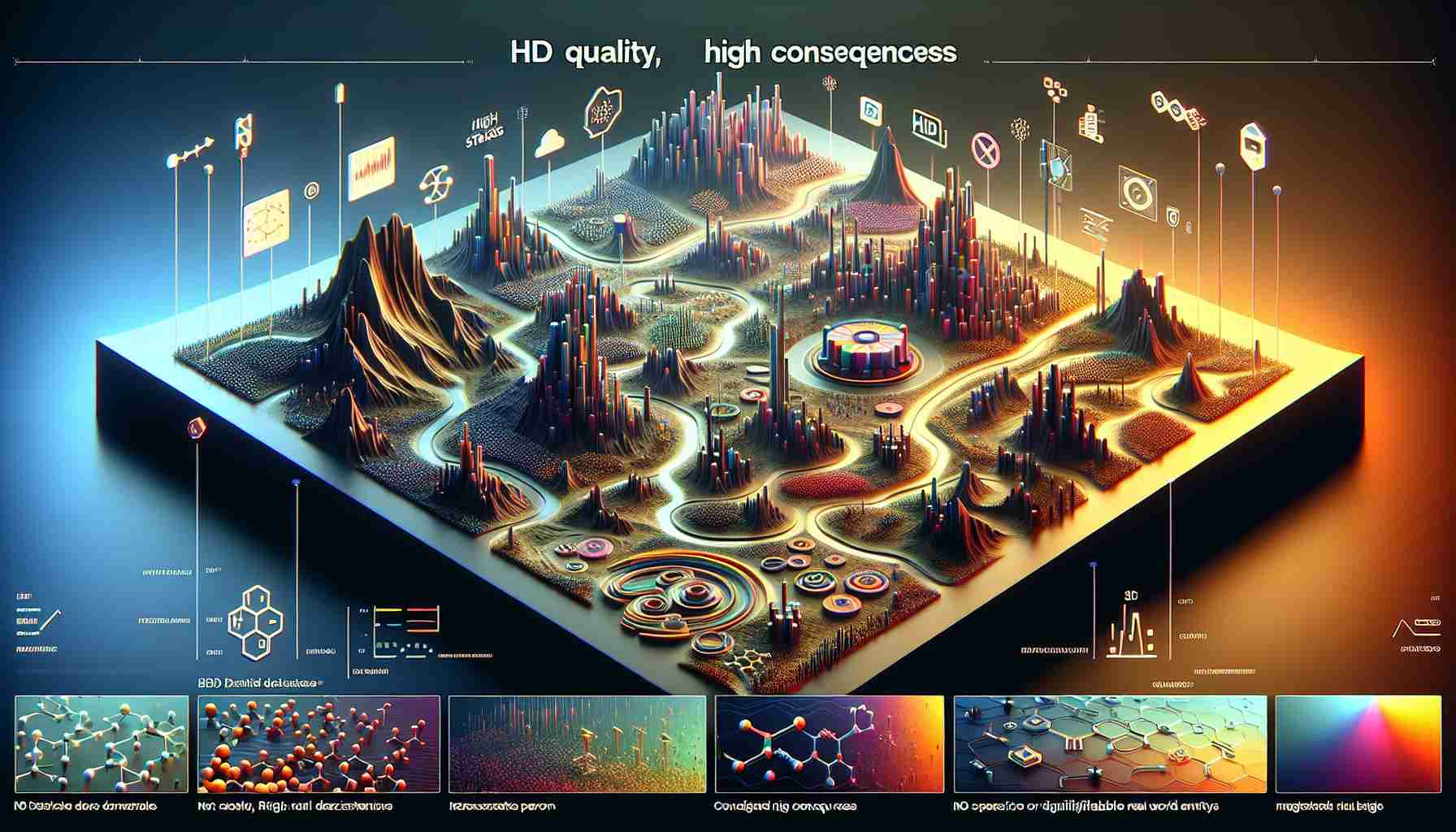- Formycon has halted the Phase-III trial for its FYB206 candidate, reallocating funds from research to innovation.
- The FDA supports Formycon’s decision, highlighting strategic leadership within the company.
- Despite the financial liberation, Formycon faces challenges with other candidates (FYB202 and FYB201) under heightened scrutiny.
- US market price concessions drive Formycon into challenging negotiations, with potential writedowns on the horizon.
- Formycon’s stock has dropped to its lowest level since October 2020, reflecting investor concerns amid market volatility.
- Analysts closely monitor the balance of strategic pivots against financial realities in the company’s approach.
- Formycon exemplifies the need for adaptability in the pharmaceutical industry, balancing innovation with financial pragmatism.
The landscape of biosimilars rumbles as Formycon severs ties with a pivotal Phase-III trial for its FYB206 candidate. A wave of anticipation sweeps over the company’s operations, nestled in Planegg-Martinsried, with a nod from the FDA underpinning this audacious move. Imagine financial liberation as Formycon unshackles itself from a costly study deemed unnecessary by their strategy-savvy board. A treasury, once destined for research, now redirects potential millions towards innovation—a testament to agile leadership.
Yet, the shadow of higher scrutiny looms over their remaining ventures. The FYB202 and FYB201 candidates, meanwhile, maneuver through turbulent waters. The whispers of impending depreciation swirl, casting an air of uncertainty. A landscape replete with price concessions in the US market propels Formycon into a realm of challenging negotiations. Expectations of high stakes writedowns tease the fiscal horizon, reflecting a market that demands swift adaptability and foresight.
Investor confidence shivers in the stock market winds, as Formycon’s shares plunge into unfamiliar depths, marking their lowest point since October 2020. A cascade of trades sweeps through, highlighting the market’s volatile dance. Analysts watch with keen eyes, weighing the burden of lower prices against the company’s strategic pivots.
Formycon’s story, a blend of bold predictions and financial maneuvers, offers a stark reminder: in the intricate dance of pharmaceutical innovation, adaptability often plays the leading role. For investors and industry observers, Formycon underscores the delicate balance between scientific pursuit and financial reality.
Formycon’s Strategic Shift: What It Means for the Future of Biosimilars
How-To Steps & Life Hacks: Navigating Biosimilar Investments
Investing in biosimilars requires a keen understanding of market dynamics and regulatory landscapes. Here are steps to consider:
1. Research Regulatory Approvals: Look into FDA approvals and EMEA decisions as they heavily impact biosimilar timelines.
2. Monitor Key Players: Track companies like Formycon that are maneuvering toward innovation over extended trials.
3. Assess Market Needs: Identify which biosimilars are most in demand based on disease prevalence and existing drug patents.
4. Evaluate Pipeline Strategies: Consider how a company’s pipeline adjustments, like Formycon’s, affect long-term financial health.
Real-World Use Cases
Biosimilars primarily serve in the treatment of chronic diseases such as rheumatoid arthritis, psoriasis, diabetes, and cancer. Companies like Formycon focus on creating affordable alternatives to highly-priced biologics, aiming to reduce healthcare costs globally.
Market Forecasts & Industry Trends
The biosimilars market is expected to grow considerably, potentially reaching $30 billion by 2025 (source: Grand View Research). The growth is driven by patent expirations of major biologics and an increasing preference for cost-effective biological products.
Reviews & Comparisons
Comparing biosimilars and their reference drugs involves several factors:
– Efficacy: Biosimilars must demonstrate similar efficacy to their originators.
– Cost: They typically offer a cost advantage, which can be as much as 30% lower than branded biologics.
– Access: Biosimilars improve patient access to necessary treatments due to lower costs.
Controversies & Limitations
Biosimilars face controversies concerning interchangeability and acceptance in the clinical community. Despite rigorous testing, some professionals remain skeptical about switching patients from established biologics to biosimilars.
Features, Specs & Pricing
Biosimilars replicate complex proteins used in biologic drugs, but their pricing varies significantly as they aim to undercut the cost of branded drugs. Price competition, especially in markets like the US and Europe, further intensifies as more biosimilars gain approval.
Security & Sustainability
Safety profiles of biosimilars are rigorously tested to ensure they meet international standards. The sustainability of biosimilar production involves complex biologic processes, mandating investments in cutting-edge manufacturing technology.
Insights & Predictions
Looking forward, expect more strategic pivots from biosimilar manufacturers in response to market needs and cost pressures. Companies like Formycon may continue reallocating resources to innovation rather than costly trials.
Tutorials & Compatibility
When considering biosimilars, healthcare professionals and patients should:
– Consult Healthcare Providers: Understand the specific compatibility of biosimilars with existing treatments.
– Seek Guidance on Usage: Training and support for the administration of biosimilars can differ from traditional treatments.
Pros & Cons Overview
– Pros: Cost-effective, increased access to treatment, encouraged competition in the drug market.
– Cons: Regulatory hurdles, need for extensive education and training, possible skepticism within the medical community.
Actionable Recommendations
– For Investors: Diversify your portfolio to include companies with robust pipelines and strategic flexibility.
– For Healthcare Providers: Stay informed about new biosimilars entering the market and their potential impact on treatment plans.
– For Policy Makers: Encourage regulatory frameworks that support biosimilar approval and widespread acceptance.
Understand the rapidly evolving biosimilar landscape with more resources at FDA and EMA to stay informed on regulatory developments and approvals.
